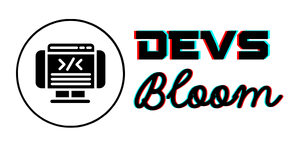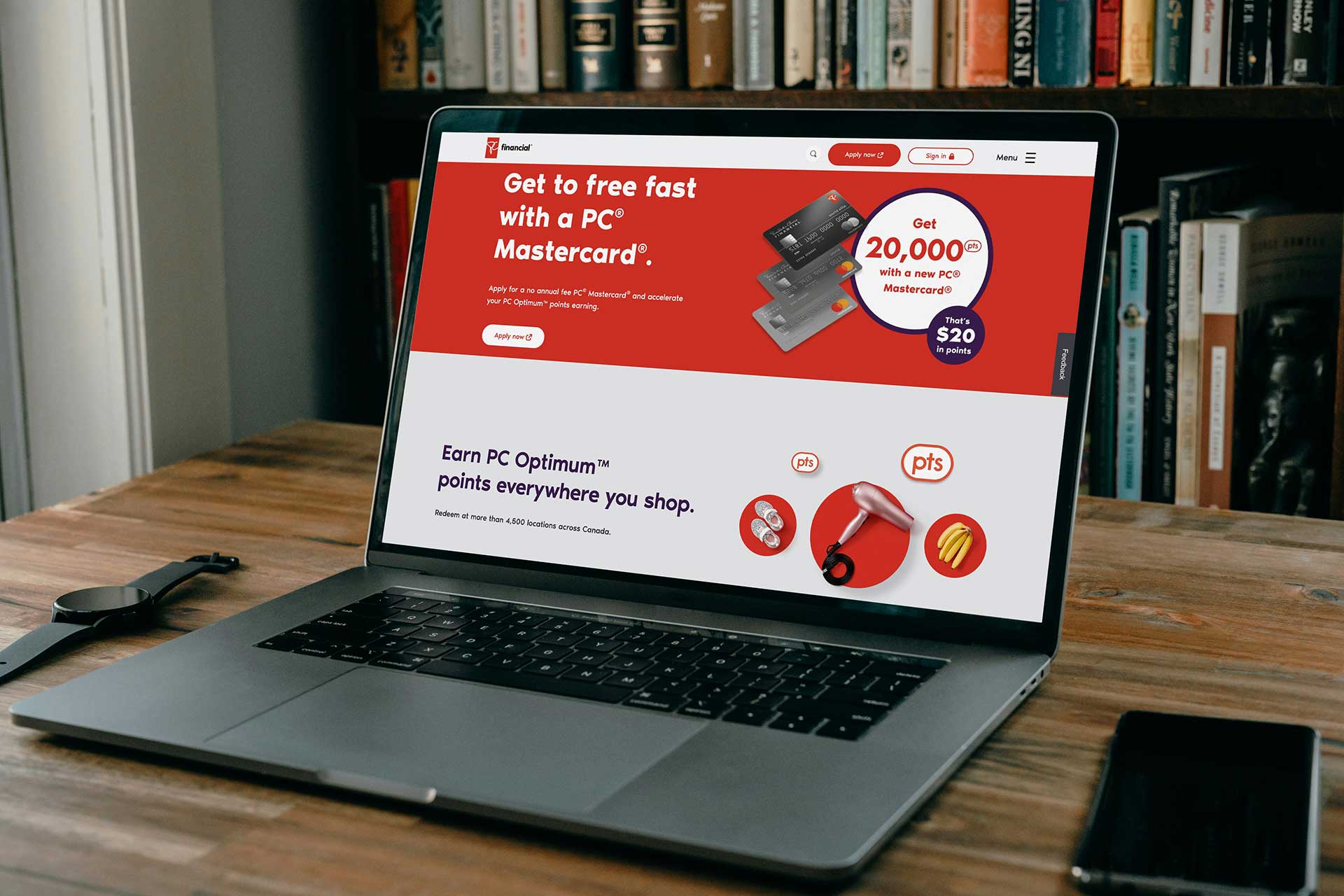A landing page is one of the most powerful tools in digital marketing. Unlike a standard web page, its purpose is singular—to drive conversions. Whether you want visitors to sign up for a newsletter, download an eBook, or purchase a product, a well-designed landing page can significantly improve your results.
If you’re running your website on WordPress, you already have one of the most flexible and user-friendly platforms to create landing pages that convert. In this guide, we’ll break down everything you need to know about building a high-converting landing page in WordPress, from design best practices and essential elements to the tools and plugins that make it easy.
What Is a Landing Page?
A landing page is a standalone web page designed for a specific marketing campaign or goal. Visitors usually “land” on it after clicking an ad, social media post, or email campaign.
Unlike a homepage, which provides multiple navigation options, a landing page is focused on one call-to-action (CTA). The goal is to minimize distractions and maximize conversions.
Why Do Landing Pages Matter?
Landing pages are crucial because they:
- Improve conversions by keeping visitors focused on one action.
- Support marketing campaigns like ads, promotions, and product launches.
- Provide measurable results through analytics and A/B testing.
- Build trust with targeted, relevant messaging.
A website without landing pages often struggles to capture leads effectively.
Essential Elements of a High-Converting Landing Page
To build a successful landing page, you need more than just a good design—you need conversion-focused elements. Here are the key components:
1. Compelling Headline
Your headline should immediately grab attention and explain what the offer is. It needs to be clear, benefit-driven, and easy to understand.
Example: “Get Your Free Website Audit in 60 Seconds.”
2. Engaging Subheadline
Support the headline with a short, persuasive subheadline that reinforces the value.
Example: “Discover how to optimize your website for better performance and higher rankings.”
3. High-Quality Visuals
Images, videos, or graphics should illustrate the offer. For services, a video explainer or product demo works best.
4. Persuasive Copy
Your text should be benefit-oriented, focusing on what the visitor will gain. Use short paragraphs, bullet points, and bold key points.
5. Strong Call-to-Action (CTA)
The CTA button should stand out and use action-oriented language like:
- “Get Started Now”
- “Claim Your Free Trial”
- “Download the Guide”
6. Social Proof
Testimonials, reviews, logos of past clients, or statistics build credibility.
7. Minimal Distractions
Remove the main navigation menu and limit links to keep users focused on the action.
8. Mobile Optimization
Since most traffic is mobile, ensure the page loads fast and adapts to small screens seamlessly.
Steps to Build a Landing Page in WordPress
Now let’s walk through the process of creating a landing page using WordPress.
Step 1: Choose a Landing Page Builder
WordPress offers several plugins and tools to build landing pages without coding:
- Elementor – Drag-and-drop builder with pre-built templates.
- Beaver Builder – Flexible and user-friendly.
- SeedProd – One of the most popular landing page builders for WordPress.
- Divi Builder – Powerful visual builder with advanced customization.
These tools allow you to build professional landing pages quickly.
Step 2: Select a Goal
Define the purpose of your landing page. Is it lead generation, product sales, webinar signups, or downloads? Your design and content should align with this goal.
Step 3: Pick a Template or Start from Scratch
Most builders provide pre-designed templates for different industries. You can choose one and customize it, or design a page from scratch.
Step 4: Customize the Layout
Add your headline, visuals, text, and CTA button. Use white space strategically to avoid clutter.
Step 5: Add Lead Capture Forms
For lead generation, integrate forms with email marketing tools like Mailchimp, ConvertKit, or HubSpot. WordPress plugins like WPForms or Gravity Forms make this easy.
Step 6: Optimize for SEO & Speed
Even though landing pages focus on conversions, they should also be SEO-friendly. Use plugins like Yoast SEO or Rank Math to optimize titles, meta descriptions, and keywords.
Additionally, use caching plugins (e.g., WP Rocket) to improve load speed.
Step 7: Test and Optimize
A/B testing is critical. Experiment with:
- Different headlines
- Button colors and placements
- Short vs. long-form copy
- Different visuals
Use tools like Google Optimize or Split Hero for A/B testing in WordPress.
Best Practices for High Conversion
- Keep it Simple: Avoid unnecessary elements that distract users.
- Above-the-Fold CTAs: Place the first CTA button where visitors don’t need to scroll.
- Use Urgency: Add phrases like “Limited Time Offer” to encourage immediate action.
- Focus on Benefits: Sell results, not features. Example: Instead of “24/7 support,” say “Get help anytime you need it.”
- Trust Badges: Use secure payment logos, guarantees, or certifications.
Common Mistakes to Avoid
- Too Many CTAs: One goal per landing page.
- Slow Load Times: A delay of even 2 seconds can lower conversions.
- Cluttered Design: Overloaded pages confuse users.
- Generic Copy: Visitors want personalized, relevant messaging.
A high-converting landing page is the bridge between your marketing campaigns and your business growth. By focusing on clarity, persuasive copy, strong CTAs, and user experience, you can dramatically improve your conversion rates.
With WordPress and tools like Elementor, SeedProd, or WPForms, building a professional landing page has never been easier. The key is continuous testing and optimization to maximize results.
At DevsBloom, we design and develop conversion-focused WordPress websites and landing pages that help businesses grow online. If you’re ready to turn your traffic into leads and sales, we’re here to help your ideas bloom. 🌸






